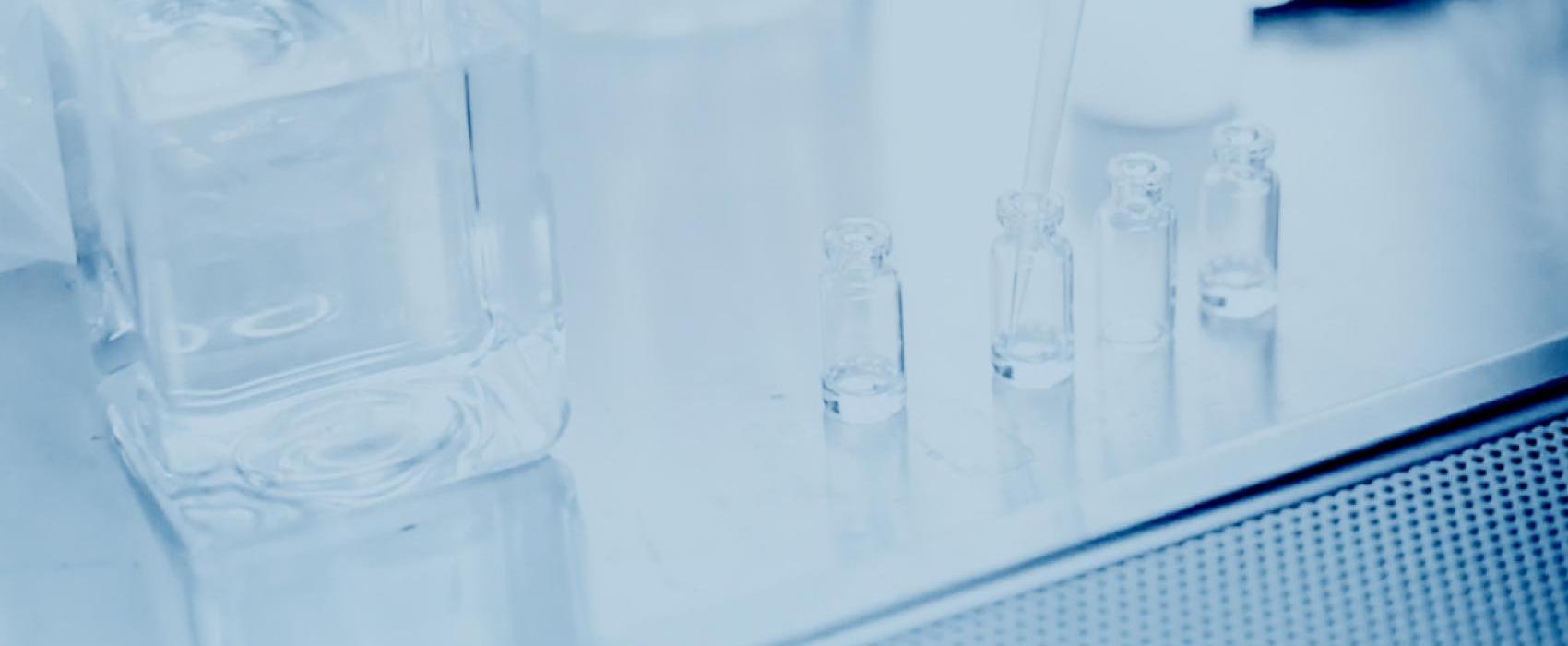
In 2014, more than 400 children died from HIV every day. To reduce that number and meet UNAIDS 90-90-90 targets by 2020, the global community will need to prioritize early infant diagnosis (EID), increase access to durable antiretroviral therapy (ART) and monitor infected individuals through adulthood, according to a commentary co-authored by MHRP research physician Dr. Jintanat Ananworanich and published in The Lancet HIV.
“There are many obstacles to EID, including varied access to prenatal care required to prevent mother-to-child transmission and limited availability of more sensitive virological testing for infants,” explained Dr. Ananworanich. “In UNAIDS’ 21 priority countries with the highest number of pregnant HIV-infected women, these obstacles result in higher transmission rates and lower rates of pediatric ART participation.”
Dr. Ananworanich and co-author Dr. Elaine J. Abrams see promise in an EID program implemented in Thailand and outlined in the same issue of The Lancet HIV. The authors of the program’s evaluation reported improvements in mother-to-child transmission rates and time between diagnosis and ART initiation.
However, even with those improvements, outcomes in Thailand fell short of UNAIDS’ 90-90-90 targets, goals set by the United Nations HIV/AIDS program that aim, by the year 2020, to have 90% of all people living with HIV know their HIV status, 90% of all people with diagnosed HIV infection receive sustained ART and 90% of all people receiving ART achieve viral suppression.
“For the UNAIDS 2020 targets not to be fantasy, drastic measures are needed,” said Dr. Ananworanich, a pediatrician and noted leader in the field of pediatric HIV research. “Point-of-care virological testing coupled with immediate treatment could be the game-changer needed to prevent unnecessary deaths.”